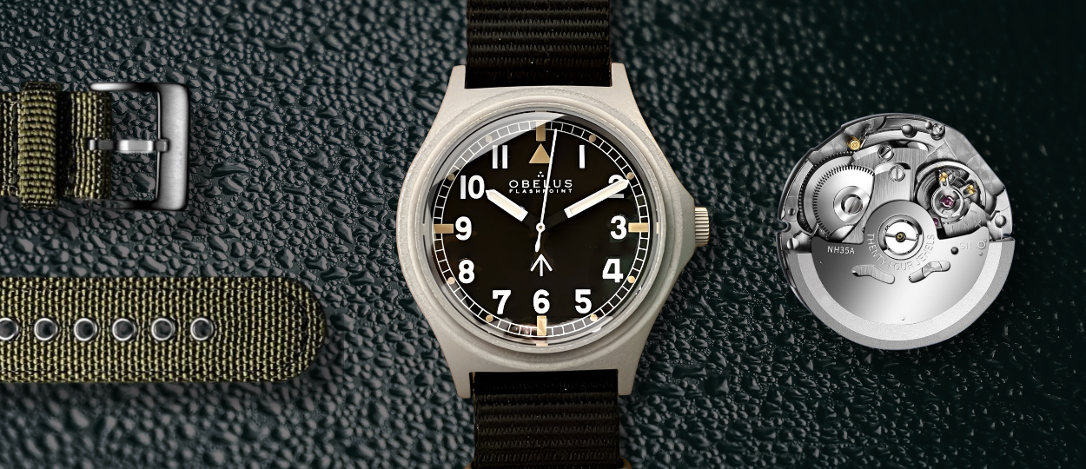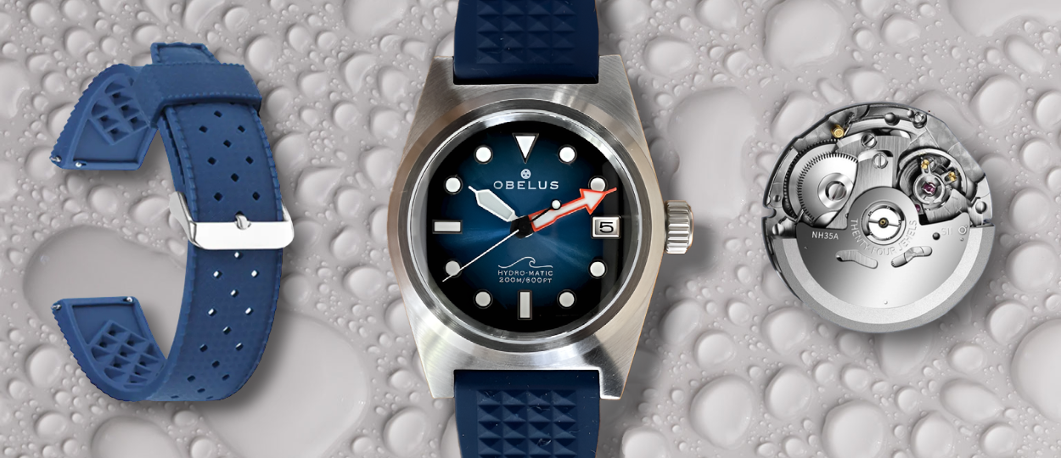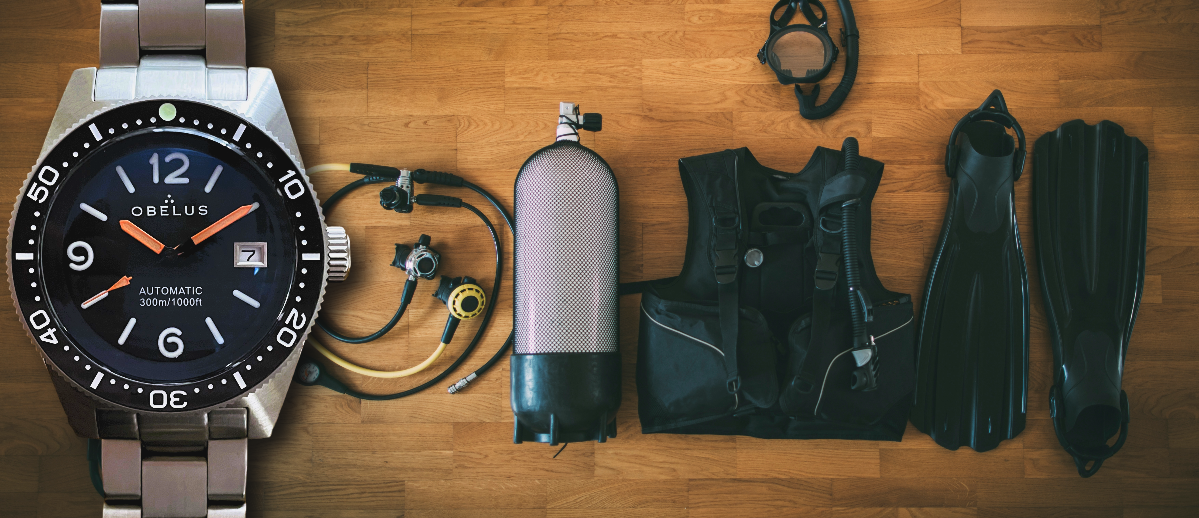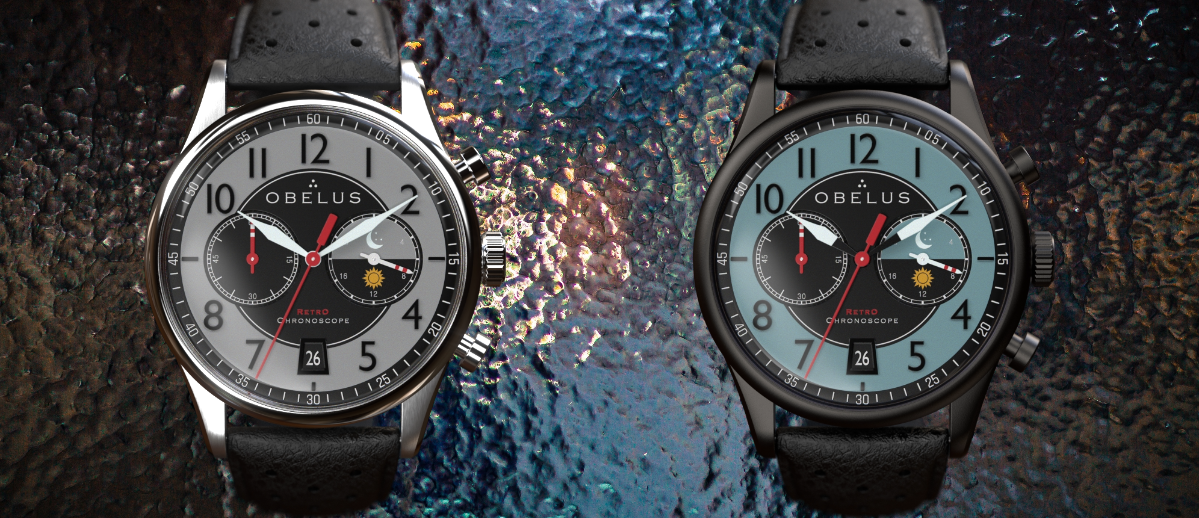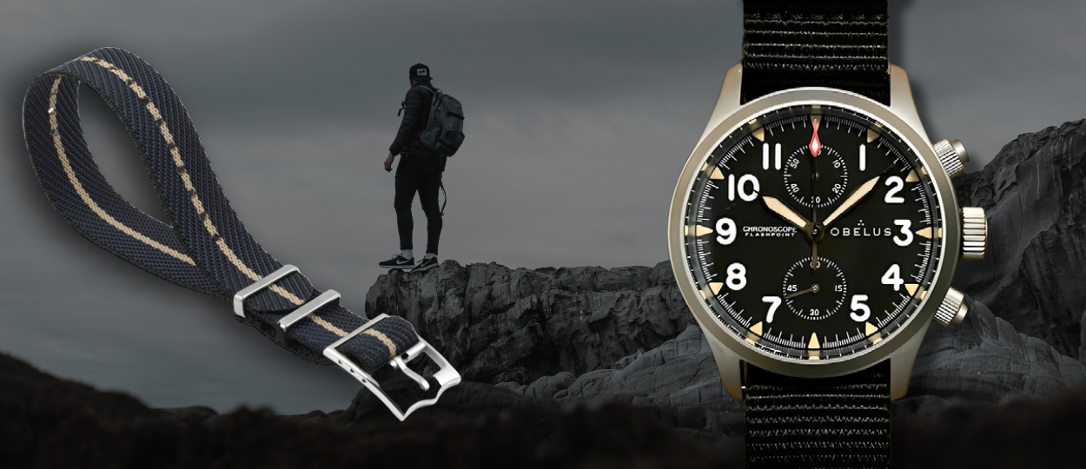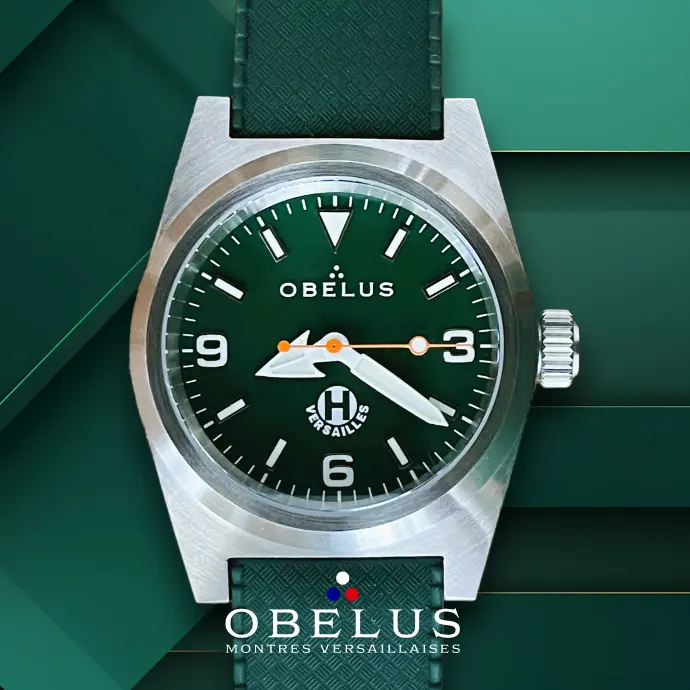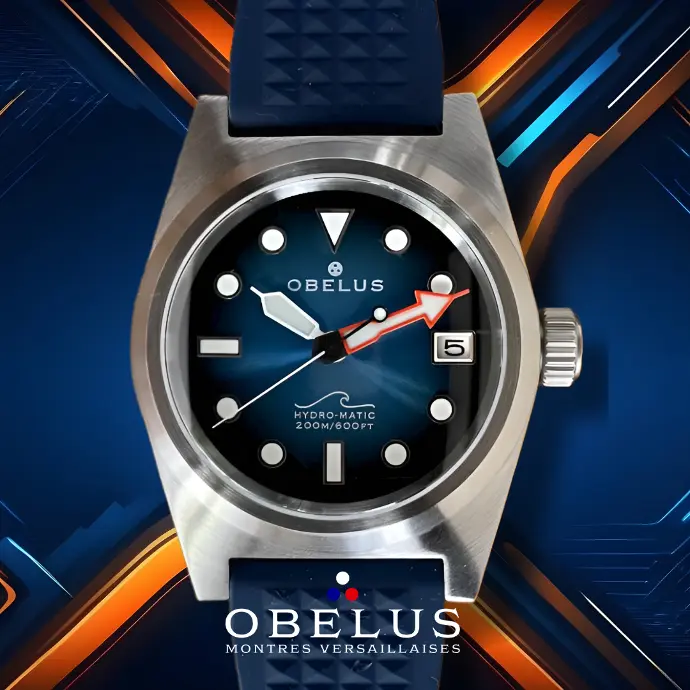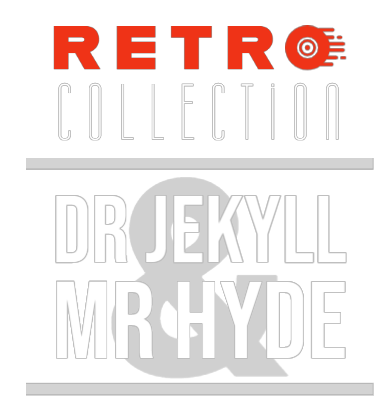

OBELUS pays tribute to the golden age of the chronograph.
The Retro Chronoscope collection offers a modern interpretation with a retro aesthetic.
It features larger cases: 39 and 42 mm, compared with 36/38 mm in the 50s and 60s, to meet modern tastes; while retaining the sober, flat silhouette of the classic vintage watch, true to the original spirit.

Today, OBELUS has taken the liberty of "reinterpreting" a watchmaking classic from the 60s and 70s: the "military-type watch".
We are offering you two different versions: the OP.001 3-hand model, with its mechanical self-winding movement, and its companion model, the OC.001 Chronograph with its mecha-quartz movement.
All in a super limited edition.
 Our ambition is to bring simplicity to the classic dive watch, and we're delighted to launch our new dive watch.
Our ambition is to bring simplicity to the classic dive watch, and we're delighted to launch our new dive watch.
We've developed a top-of-the-range watch using the finest materials to create a durable automatic watch that you can wear wherever you go - at sea, in the office, while playing sport and much more.
More informationA long time ago, it was a small box with a dial and a mechanical movement inside. It was worn to tell the time.
A timepiece, therefore, to watch it go by. Nowadays, all you have to do is turn on a computer, a mobile phone, or even look at the door of a microwave oven, to find out what time it is... The competition is enormous. The time is everywhere.
And the fine inventors of all these highly technological and modern devices had predicted the death of the watch.
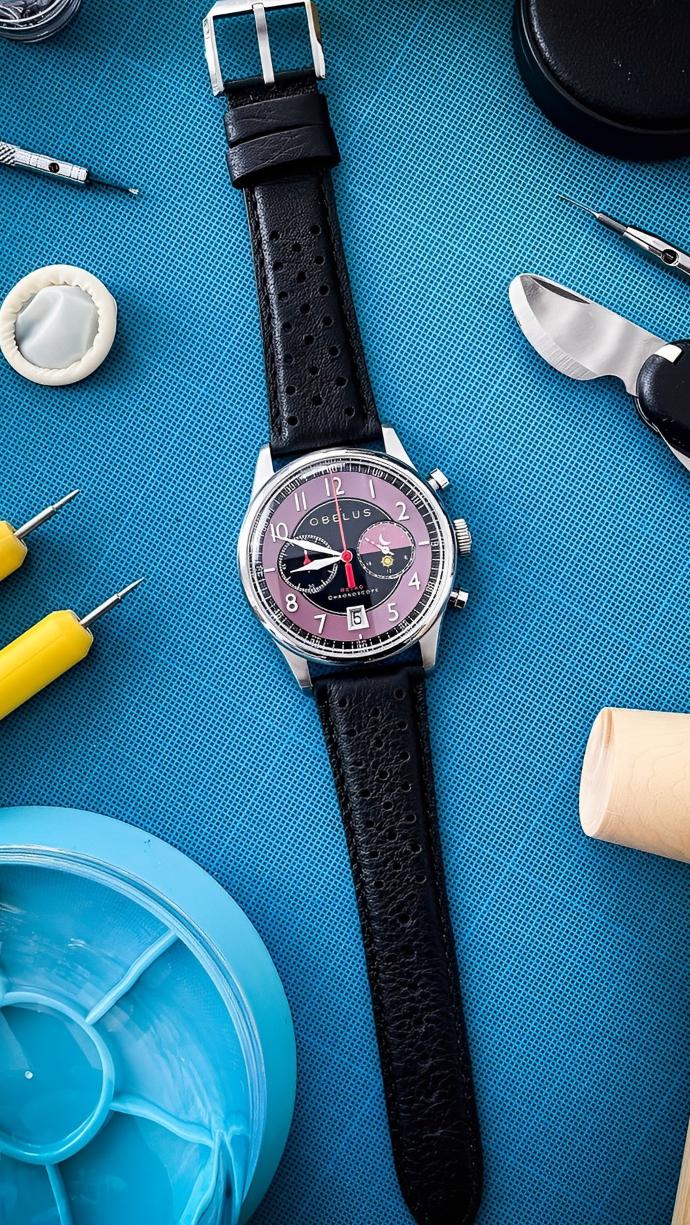
DRIVEN BY PASSION
We are honoured to share our passion by amplifying the heritage of the "tool watch", while paying tribute to the timeless designs of the past.
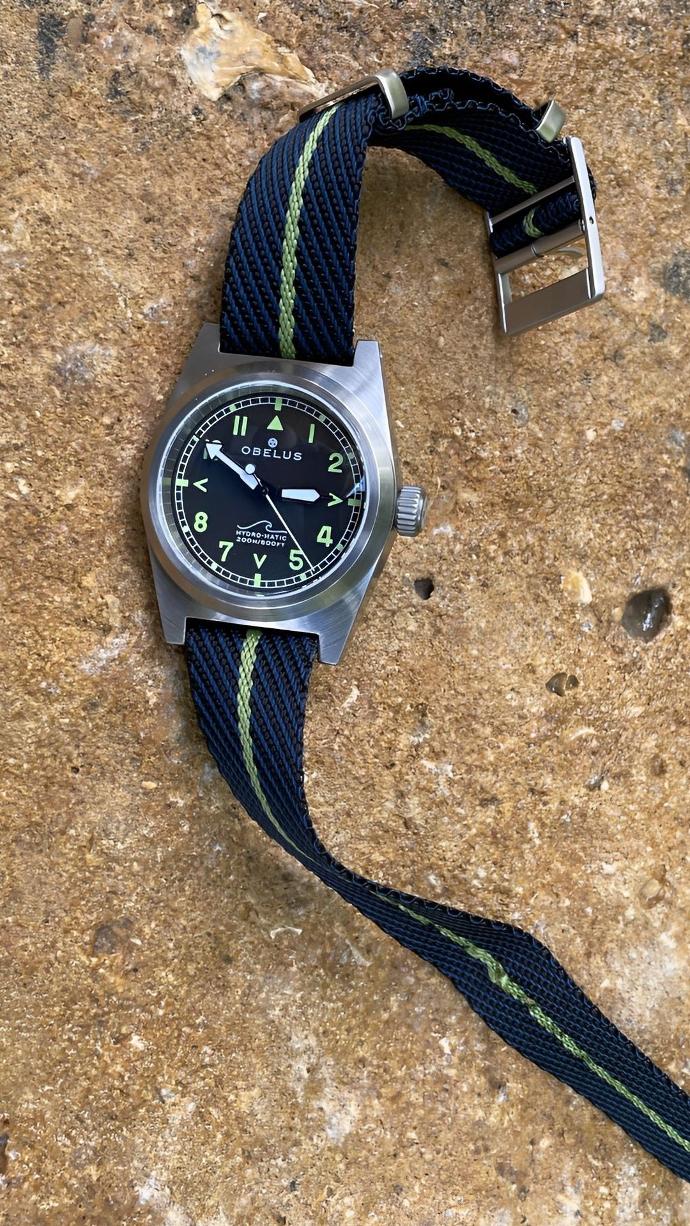
FOR ALL OF US
Every month our shop receives new products.
Some of them are only on sale for a limited time.
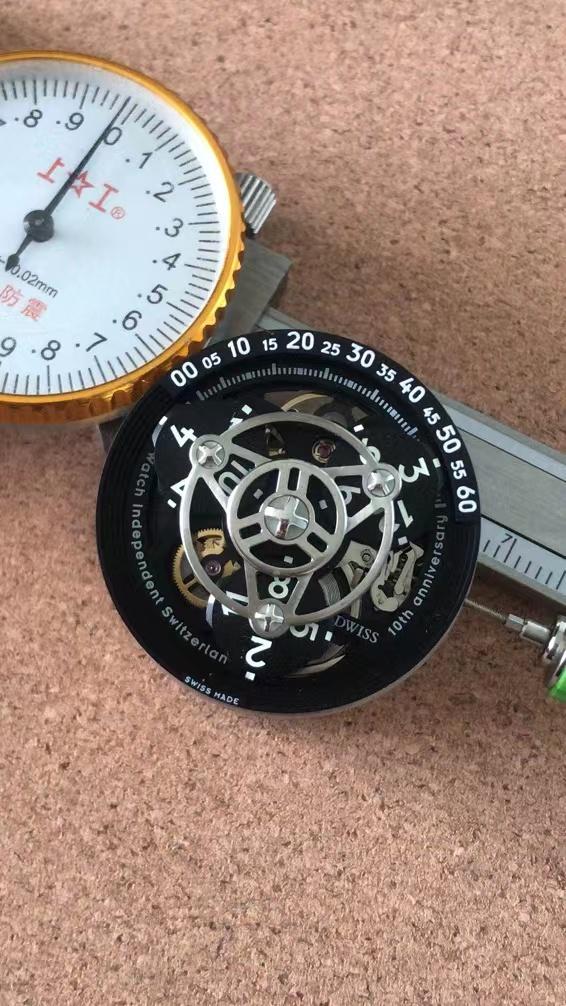
UNIQUE PIECES
Buying unique pieces is buying a piece of the artist: his passion put into the execution of the object, his hours of reflection, his dexterity...
It is a committed, ethical act that encourages a responsible and direct economy.
In the Egypt of the Middle Kingdom, the first hour of the day was called "the shining". And the first hour of the night was called 'the discomfiture of the enemies of Ra'... On the road of time, the Egyptians were the first to name the hours in order to better tame them.
The Nile people had already adopted the division of the day into twenty-four hours, inherited from the Sumerians. The Egyptian priests then invented the first elementary clocks to materialise the passage of time: "shadow clocks", made of a ruler and two squares related to the height of the stars in the sky, which, through skilful calculations, allowed them to establish the passage of the hours. But too complex, they were soon replaced by the gnomon, a simple stick planted in the ground whose shadow, rotating according to the earth's rotation, gave the time of day on a graduated support, the sundial was born. It reigned for four millennia and was still used to set the time on railway clocks at the beginning of the 20th century...
The only "hitch" was that this first universal time-measuring instrument could not work at night.
" Watchmaking is perhaps the art where ignorance should be least tolerated. "
Diderot and d'Alembert's Encyclopaedia

Since the 1990s, watches have moved from an essentially functional status to that of an object of desire.
The multiplication of brands and collections, and the creation of increasingly complicated movements have led to a watchmaking overkill that confuses the general public and makes it increasingly difficult for amateurs to choose.
Add to the basket
Sign in
Payment
Be delivered
Nos références





